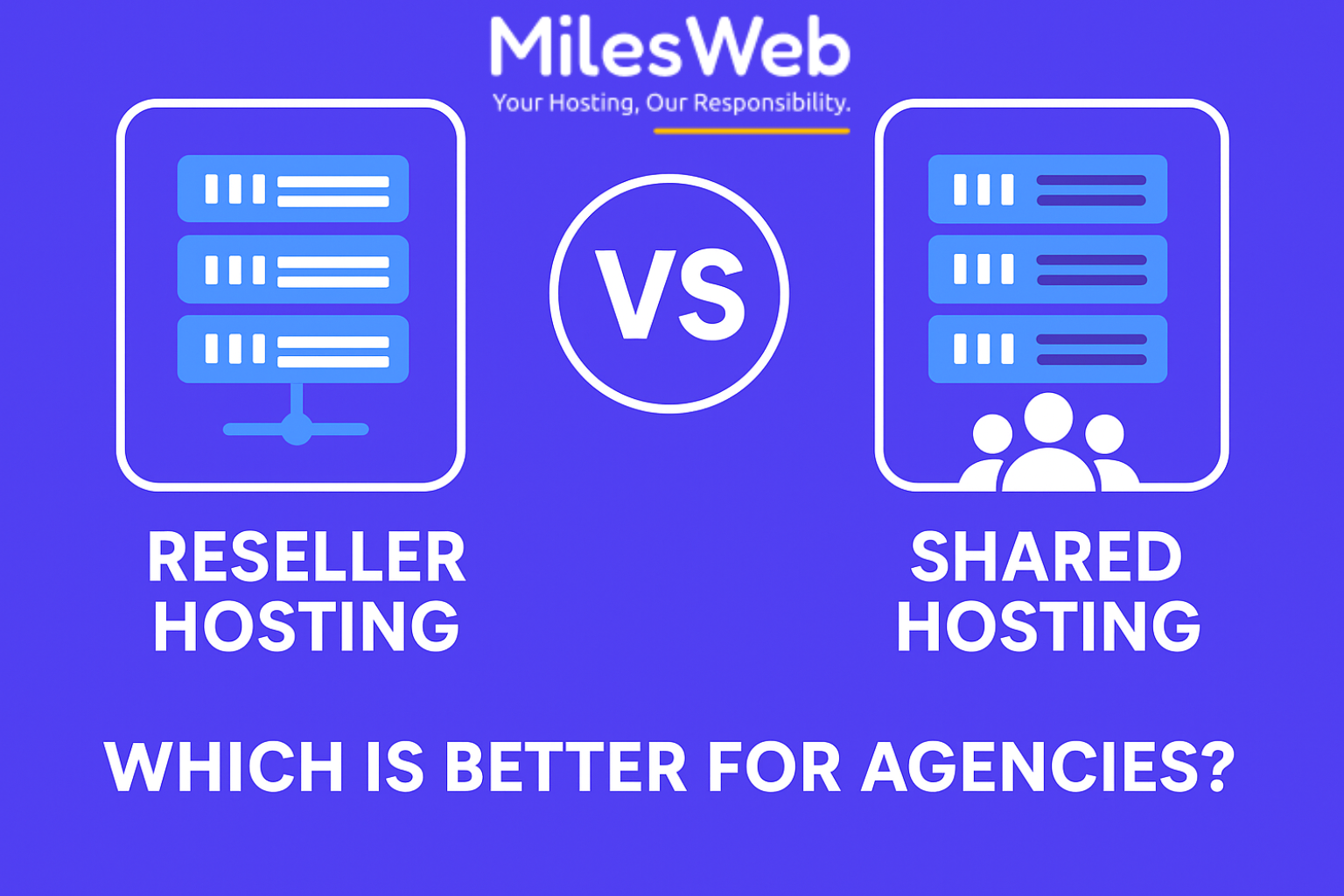
A launch slips for ordinary reasons: waiting on another team, unclear requirements, brittle handoffs, or a blocker no one owns.
The fix isn’t a hero sprint; it’s a delivery model that removes wait states by design. That’s the promise of full-stack development services; one accountable team that ships thin, end-to-end slices and learns in production without breaking things.
With the right partner, “faster” stops meaning “riskier.”
Therefore, this blog takes a closer look at how full-stack development services streamline the time to market your products. Continue reading as we learn more about it in the following sections.
Why Products Stall? Your Takeaway to Hiring
Most delays come from seams, not code. Frontend waits on backend contracts. Backend waits on data. QA waits on staging. Security waits on a “final build.”
Meanwhile, priorities shift and context decays. An integrated full-stack squad cuts through this by owning the vertical: UX, APIs, data, CI/CD, and release. The team coordinates inside the room, not across ticket queues, so decisions happen while the code is open.
Typical stall points you should eliminate early:
- Ambiguous scope: Features described as ideas, not outcomes.
- Serial dependencies: Design ? API ? frontend ? test, with no overlap.
- Env drift: “Works on my machine” merges that fail in staging.
- Manual gates: Human steps for builds, tests, and deploys.
However, if these factors look like a tough job for your firm, it’s always a great idea to connect with Brainvire, a software development company to streamline the process for you.
What A Full-stack Squad Changes?
A full-stack model collapses cycles. Designers co-create with engineers, who shape APIs as they build screens, while test automation scaffolds the experience the same day. The definition of done covers UI behavior, API contracts, telemetry, accessibility, and security checks.
You get a working slice (login, a list, a detail, a payment) into real hands quickly. Feedback arrives from users, not hypotheticals. Rework falls, confidence rises.
This isn’t about “do everything yourself.” It’s about a team with the breadth to remove handoffs and the discipline to standardize decisions: design tokens, API guidelines, test templates, and deployment rules that make every new feature faster than the last.
A Speed-to-Value Playbook: How the Team Adds Value
- Start thin: Prove you can move a metric with the smallest viable surface, then widen. A capable provider of full-stack development services will set up these building blocks in week one:
- Discovery in days, not weeks: Write problem statements, not epics. Define the user, the job to be done, and the first metric that proves value (e.g., trial-to-signup, time-to-first-action).
- Stable architecture baseline: Pick a known good stack and freeze it for a quarter. Avoid novelty unless it unlocks time or money.
- UI kit + design tokens: Typography, color, spacing, and components you can reuse across screens to avoid pixel-by-pixel debates.
- API-first contracts: Define responses in OpenAPI/JSON Schema; generate clients; stub services so frontend doesn’t wait.
- One-click environments: Provision dev/test with IaC; preview every pull request; eliminate “works locally.”
- CI/CD from day one: Build, test, lint, scan, and deploy automatically. Roll back safely with feature flags.
With this foundation, the team ships vertical slices in short bursts—ideally weekly. Each slice reaches real users behind a flag, with analytics and error tracking already wired. Velocity compounds because every decision that took a day the first time takes a minute the fifth time.
Perks of Working with Full-Stack Teams
Speed isn’t skipping steps; it’s moving the steps earlier. Guardrails keep pace high and defects low:
- Shift-left testing: Contract tests protect integrations; component and API tests catch regressions before QA touches the app.
- Security in the pipeline: Static/dynamic scans, dependency checks, and secrets detection run on every build. If it breaks, you know exactly when and why.
- These are boring on purpose: Boring, automated checks are faster than late hero debugging.
Micro-scenarios: Where the Time Actually Disappears
- Pricing Page Experiment: Design, implement, and ship two variants in one sprint using feature flags and server-rendered templates. Marketing switches audiences without waiting for deploys, and analytics attribute outcomes automatically.
- New Payment Method: Get access to provider’s API, finish the UI, and run contract tests while the real integration is still gated. When credentials land, go live with a small cohort in minutes, not days.
- Data-heavy List: Agree on a paginated API and a compact DTO upfront. The backend returns exactly what the UI needs, the frontend renders from mock data on day one, and the list never “reflows” under load.
What To Expect From A Software Development Company Partner?
A mature Software Development Company won’t sell velocity as theater. They’ll bring a delivery blueprint and adapt it to your context: governance needs, compliance gates, and the realities of your data.
Expect the following when working with a team:
- Opinionated defaults
- Design system
- API standards
- Test strategy
- Branching model
All of these factors make your internal team faster, too. They’ll also say no when a request adds complexity without payoff: a new framework for one landing page, a microservice for a single query, or a bespoke deployment path that breaks preview environments.
The right partner reduces the number of decisions you make per day and increases the number that matter.
Final Words
Speed to value is the compounding result of fewer handoffs, tighter feedback loops, and guardrails that turn best practices into defaults. Put a cross-functional team on the job, give them the tools to ship safe slices weekly, and measure the only thing that matters: how quickly real users get something they want.
That’s what full-stack development services look like when they work, and why your next launch doesn’t have to slip.








